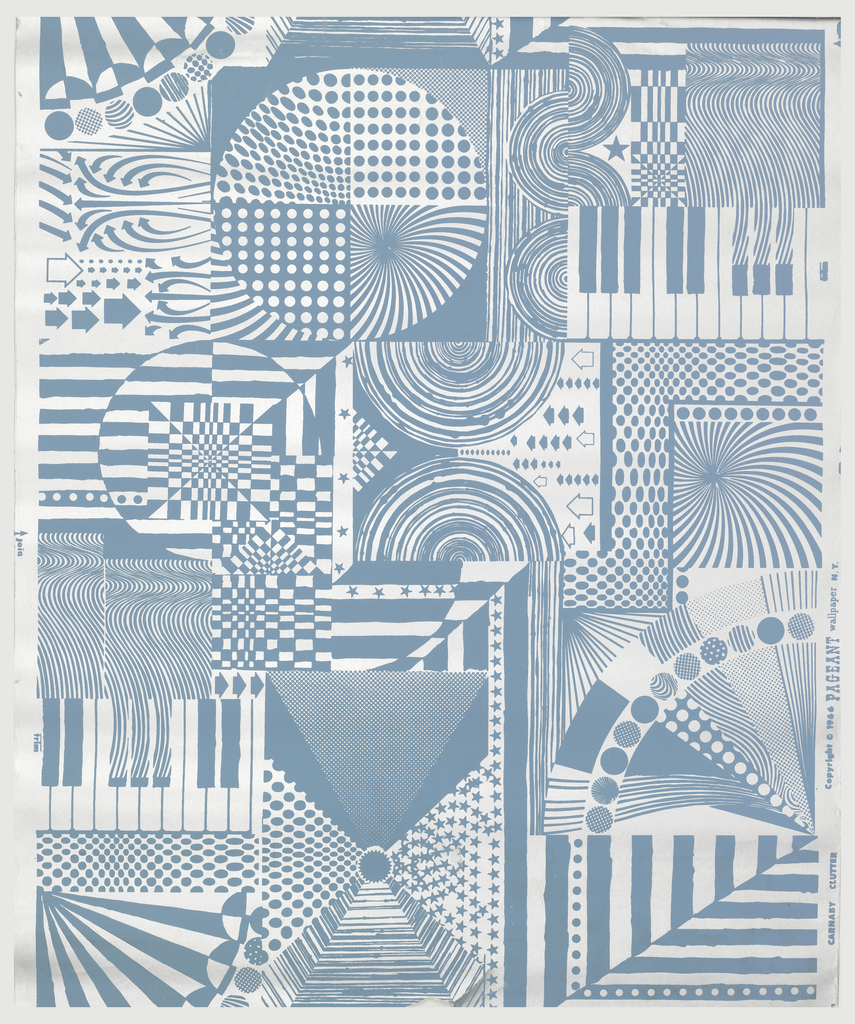Comprised of 104 individual plates and published in three volumes between 1808 and 1810, The Microcosm of London was originally issued in twenty-six monthly parts. Published by Rudolph Ackermann (1764—1834), it supplied the luxury print market with a comprehensive volume on contemporary London. Cooper Hewitt holds a large number prints from the Microcosm, including this...
This print by James Abbott McNeill Whistler is part of a series of images the artist produced depicting the East London neighborhoods of Rotherhithe and Wapping in 1859–60. While English painters had traditionally avoided portraying these industrial districts of the city throughout the nineteenth century, Whistler’s Thames series takes for subject the city’s poorest workers...
In 1957, the Scottish fashion designer John Stephen opened a boutique for young men in London on Beak Street. One year later he moved the store, called His Clothes, to 5 Carnaby Street, an inauspicious street in Soho largely filled with rundown warehouses. The retailer soon became noted for his tight-fitting, flamboyantly-colored clothing and drew...
After the dust had settled from WWII, people were ready to get back to (or experience for the first time) the good life that had been interrupted by decades of war and depression. These desires manifested quite literally on wallpapers, and during the 1950s there was a trend for designs depicting everything from household appliances...
When it was introduced to London in the 19th century, the first underground railway was revolutionary. Able to provide quick, uninterrupted travel for commuters and easy access to the bustling city from the suburbs, the London Underground promised a better, more efficient future. It would take some convincing, however, to get the general public to...
Join London-based design duo Nipa Doshi and Jonathan Levien in a conversation about their new furniture collection for Moroso that combines handmade and industrial production, a design approach that reflects a cross-cultural creative process. The discussion is moderated by Julie Lasky, Editor-In-Chief of I.D. Magazine.
This is the fifth interview in Chapter 2 in my new book, Designing Media Fred Deakin, Nat Hunter and Alex Maclean, July 2008 Fred, Nat and Alex are partners in Airside, a London-based creative design agency, with a fluent approach to using multiple media platforms. Fred Deakin is both a musician and a designer. He...
I wish all children in the United States could know about design and have some experience of it before they reach high school age, and that design could be an option in the curriculum during the high school years, so that they could be aware of the value of design thinking in solving problems, or...







